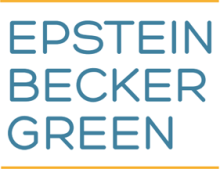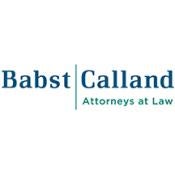On Friday, June 5, 2020, President Trump signed into law the Paycheck Protection Program Flexibility Act of 2020 (the “Act”), which relaxes various rules under the Coronavirus Aid, Relief, and Economic Security Act’s (the “CARES Act”) $670 billion Paycheck Protection Program (the “PPP” or “Program”) managed by the U.S. Small Business Administration (“SBA”). The PPP provides forgivable loans to small businesses to keep their workers on the payroll during the COVID-19 pandemic.
The Act is the first major statutory overhaul of the PPP, which has been plagued with delays, technical issues and severe criticism regarding ambiguities and inconsistencies in the law and accompanying regulations. The Act is intended to address the fear by many small businesses that their PPP loans will not be forgiven because the requirements for forgiveness are too burdensome.
The Act addresses pleas for flexibility and eases the restrictions required to qualify for PPP loan forgiveness. Specifically, the Act makes the following changes to the Program:
-
Lowers to 60% (from 75%) the minimum portion of a PPP loan that must be spent on payroll costs in order to qualify for forgiveness.
-
Extends the forgiveness covered period to 24 weeks (instead of 8), but provides businesses that received a loan prior to the effective date of the Act the option to continue to utilize an 8 week covered period.
-
The Act moves the deadline for forgiveness eligibility for spending the PPP loan funds from June 30 to December 31, 2020 to accommodate the new 24-week window. June 30, 2020 remains the deadline for applying to receive PPP loans.
-
-
Extends the loan term for new loans to 5 years (from 2) for amounts of the loan not forgiven and which must be paid back. Importantly, however, businesses that received a loan prior to the effective date of the Act will still have a 2 year loan, unless the lender agrees to extend the term.
-
Adds a safe harbor such that borrowers will not have their forgiveness amount penalized due to reductions in average Full Time Equivalent (“FTE”) employees if:
-
The borrower can document that it was unable to rehire former employees AND was unable to hire similarly qualified new people to fill positions; OR
-
The borrower can document that it is unable to operate at the same number of FTEs as previously existed, as a result of federal guidance or regulations involving social distancing, sanitation, or other safety requirements related to COVID-19.
-
-
Deferral of loan payments lasts until a decision is made with regard to forgiveness, rather than for a flat 6 months.
The Act also amends Section 2302(a) of the CARES Act to allow businesses that took a PPP loan to delay payment of their payroll taxes without losing loan forgiveness.
This Act, however, will likely not be the last round of changes to the PPP, however. The changes contained in the Act will require significant modifications to existing regulations, guidance and application forms related to the PPP. All of this has the potential to lead to more ambiguity for borrowers, who have had to react to constantly changing program rules.
What should borrowers do now?
To ensure compliance with the new changes to the PPP, borrowers should:
-
Ensure proper documentation and procedures are followed if attempting to qualify for the FTE reduction safe harbor;
-
Consider the advantages (and potential disadvantages) before switching from an 8-week to 24-week covered period; and
-
Consider implications of state law when deciding to furlough or bring back furloughed/terminated employees.





 i
i


